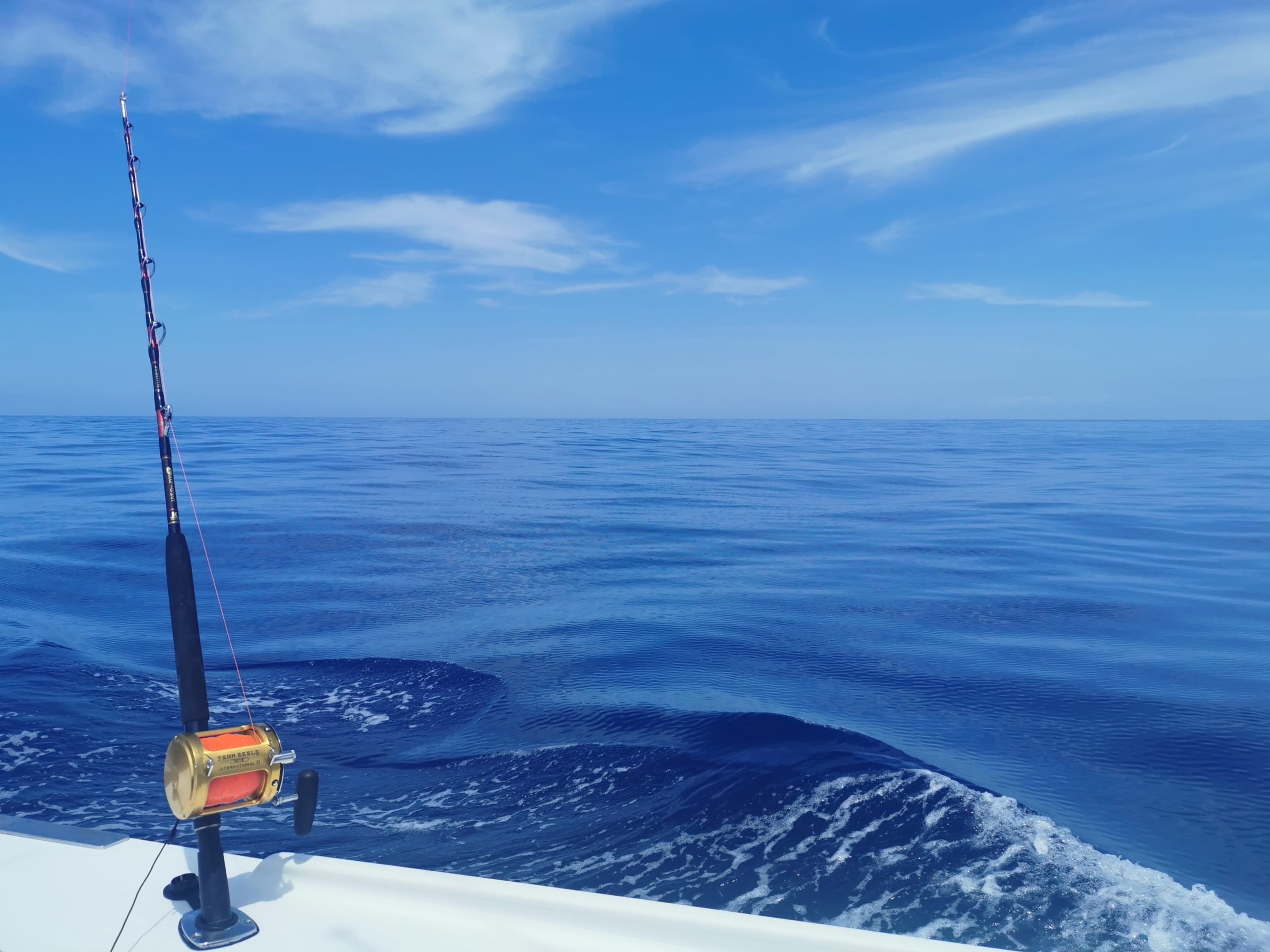FAQs
All FAQs |
Customary Fisheries | Fisheries Management | maximum sustainable yield | QMS | Economics | Fishing | Rescue Fish | Environment | Fishing methods | Recreational Fishing | Fishcare | customary | Kahawai | Reform scam | Baitfish | Scallops | Crayfish | WRC decision | Marlin | Reef fish
May 22, 2020
There are 11 Mātaitai in the North Island and 35 in the South Island. 10 Taiāpure have been established nationally.
May 22, 2020
Abundance means having a healthy population of fish and sea life in marine waters. In terms of fish species, it means having a broad range of fish of different ages and sizes which all contribute to ecosystem function in different ways. Abundance means a more natural population of fish.
May 22, 2020
Under the Quota Management System quota is a share in a fish stock. In every fish stock there are 100 million shares. Investors buy and sell these shares. Every year quota owners receive ACE, Annual Catch Entitlement for each quota share they hold. This is an entitlement to catch a specific amount of fish, in ... Read more.
May 22, 2020
Rescue Fish is a policy alternative to the Quota Management System aimed at restoring fish abundance and marine diversity. Rescue Fish means more fish in the sea. Rescue Fish promotes mechanisms to enhance the social, economic and cultural well-being from the use of New Zealand’s fisheries.
May 22, 2020
Commercial fishers land around 400,000 tonnes of fish per annum. In the fishing year from October 1st 2017 to 31st September 2018 commercial fishers landed just over 405,000 tonnes of fish.
May 22, 2020
The total amount of fish harvested by Māori customary fishers is unknown. The Minister of Fisheries has a legal obligation to make provision for Māori customary catch and traditional practices. The total amount of fish set aside to enable Māori fishers to fulfil their customary needs is around 4000 tonnes per annum, nationwide.
May 22, 2020
Recreational fishers harvest around 10,000 tonnes of finfish and shellfish nationwide every year. In shared fisheries targeted by commercial and non-commercial fishers, recreational harvest is estimated to be around 19% of all catch. Shared fisheries tend to be inshore species that more accessible to the public.
May 22, 2020
Rescue Fish will benefit recreational fishing interests through more abundant fish stocks and a healthier marine environment. Rebuilding depleted fish stocks will make more fish available inshore, and help to support other marine creatures including birds and mammals. A healthy fish population means a broader range of fish inhabiting the marine environment, providing for ecosystem ... Read more.
May 22, 2020
The recreational fishing industry contributes a significant amount of money to the New Zealand economy, which in turn supports fisheries management and other government services. Research by the New Zealand Marine Research Foundation in 2016 found that $946 million was spent annually on recreational fishing. This spending generated $1.7 billion dollars in economic activity nationwide ... Read more.
May 22, 2020
The Quota Management System was introduced to address fish depletion and overcapacity in the commercial sector, that is, too many people chasing too few fish. Some fish stocks were estimated to have been depleted to less than 10% of their natural stock size. The QMS was promoted as a means to rebuild depleted fish stocks, ... Read more.

